Understanding Fire Flow – Part 1
In a previous article I wrote titled The Engine Company’s Primary Mission I stated that the engine company officer will have to make rapid and accurate decisions to quickly identify and initiate the appropriate course of action at the scene of a fire.
After deciding the “Mode of Attack” the officer will have to determine the needed “Fire Flow” to extinguish the fire. In a later article I went into detail about how to determine the necessary fire flow for the conditions you are confronted with, but after receiving some feedback it became clear that there is a lot of confusion and misunderstanding about what fire flow is and how important it is to fire suppression.
Many people believe that fire flow is the amount of water you will need to extinguish a given fire and although partially correct there is more to it than that. But before I go any deeper into defining fire flow we need to make sure that we have a thorough understanding of the theory of how to safely and efficiently extinguish a fire. We are taught in basic training that water extinguishes fire by absorbing heat. But in order to be effective water must be applied at a rate faster than the rate of heat being generated.
The goal is to cool the involved combustibles dropping them below the temperature at which they produce ignitable vapors and heat to support the fires growth. There is also an extinguishing affect when water is converted to steam which dilutes the oxygen supply. Although steam has no ability to cool or absorb heat, it can reduce the temperature of the flames by modifying the air which supplies the flames oxygen.
According to NFPA, fire suppression can be accomplished by:
1. Cooling the gaseous combustion zone by flowing water into the overhead smoke layer and therma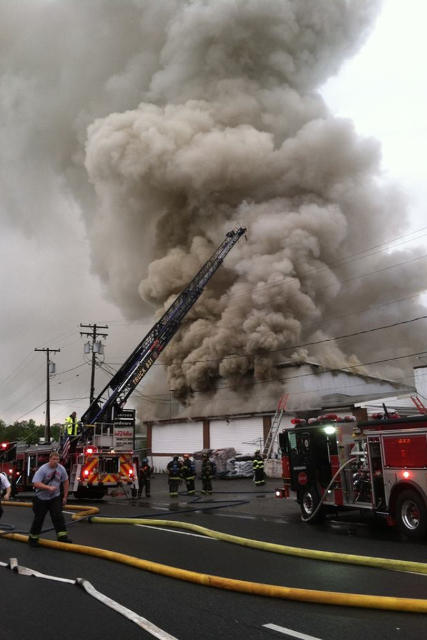 l column to disrupt the flow of heat and combustible gases.
l column to disrupt the flow of heat and combustible gases.
2. Cooling the solid or liquid combustible by flowing water directly onto the burning solid materials to prevent the production of combustible vapors and gases.
3. Application rate and type of stream are the key factors which will ultimately determine the speed of extinguishment.The rate at which water is applied (GPM) is the definition of fire flow. And it is this application rate (GPM) that will have the greatest impact on how quickly we extinguish a fire. As stated above the type of stream will also play a significant role but without applying water at a rate faster than heat is being generated the type of stream will have very little impact on the speed of extinguishment.
In Part 2 of this series we will discuss how the challenges of the modern fire ground have created a need for higher fire flows then typically used in the past.
(Photo Courtesy: Tom Rice)
Part 1 of 4

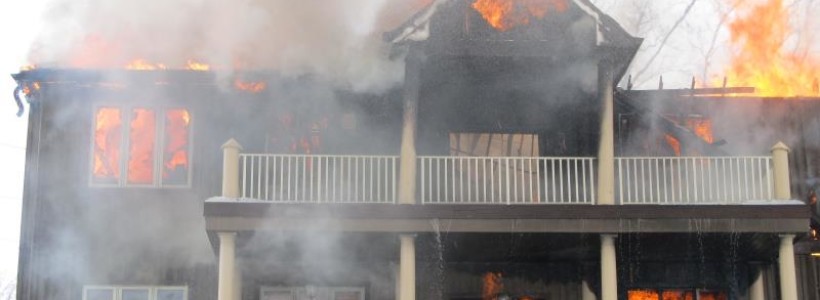
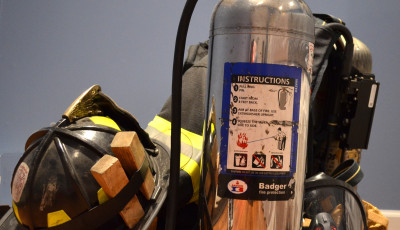
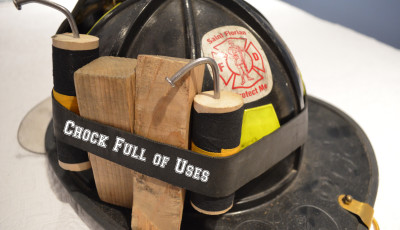
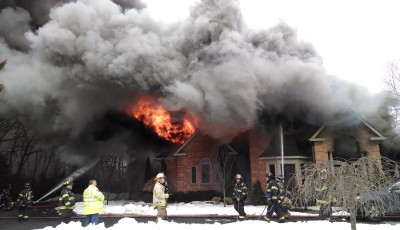
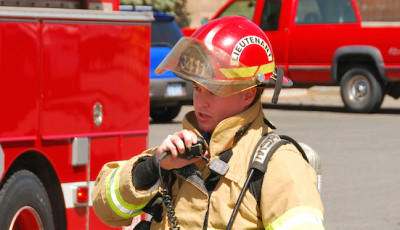
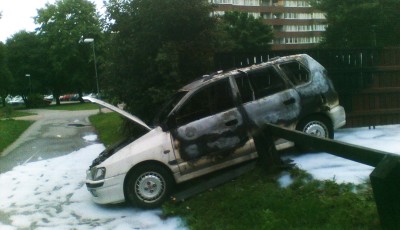
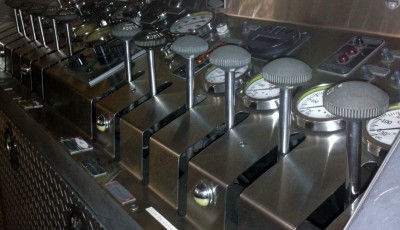




absolutely agree and the most common mistake I have seen on the fireground is not applying enough extinguishing agent to overcome the BTU production of the fire. And in a structure fire this usually means having little effect on entinguishment or in many cases just pushing the fire through the structure into uninvolved areas. One other note, I agree that steam can help with entinguishment by displacing oxygen and and other gases, changing the atmosphere around the fire. But let’s not forget that producing that steam did absorb an awful lot of BTU’s from the fire.
Thank you John, my experience has been the same I am seeing a lot of fires burn much longer than they have to because of inadequate fire flows. It is my understanding that steam in fact does not, by definition have the ability to cool or absorb heat. Steam is a by product of the waters cooling quenching affect which as you said displaces oxygen and lowers the temperature of the flames limiting their ability to produce heat and ignitable vapors to support the fires growth?
“There is also an extinguishing affect when water is converted to steam which dilutes the oxygen supply. Although steam has no ability to cool or absorb heat, it can reduce the temperature of the flames by modifying the air which supplies the flames oxygen.”
The biggest advantage of converting liquid water to steam is the energy required, heating liquid water to boiling point requires about 0,3MJ, to evaporate water to gaseous phase requires about 2,2MJ and to further heat gaseous water to 600 degrees Celsius would require an additional 0,8MJ. So steam can surely also absorb heat and cool the environment.
Steam may somewhat dilute the air although it is not a significant factor, humans have no problems breathing in saunas filled with hot steam…
The advantage of creating steam to suppress flames is that steam acts like a thermal ballast in the air and prevents the flame to reach the temperature to oxidise. So it is the cooling effect of steam (or anything else inert you put inside the flame) that will extinguish the flame.
“Application rate and type of stream are the key factors which will ultimately determine the speed of extinguishment. The rate at which water is applied (GPM) is the definition of fire flow. And it is this application rate (GPM) that will have the greatest impact on how quickly we extinguish a fire. As stated above the type of stream will also play a significant role but without applying water at a rate faster than heat is being generated the type of stream will have very little impact on the speed of extinguishment.
In Part 2 of this series we will discuss how the challenges of the modern fire ground have created a need for higher fire flows then typically used in the past.”
The amount of water applied is a pretty useless number in it self. What is important is how much energy we are stealing from the fire. If you have water on the floor it has maximum been used to 14% of its potential, if you are flowing water in a place where no heat exist you are using 0% of its potential. The fire flow is a pretty useless number if you do not take application into account which is way much more important factor. The day you walk away from a fire where no liquid water remains is the day you can say that the fire flow was perfect (if the outcome of the fire was good of course). In general a solid stream or a smooth bore is very good at supplying high volumes of water but very poor at actually using any water to cool the fire.
In general the typical enclosure fire we fight will be ventilation controlled which gives that the heat release rate is governed by the amount of oxygen supplied to fire. 1 kilo of oxygen will release about 13,1MJ of energy (with organic materials).
A modern fire will not burn any hotter (fire is always the same temperature) or with any more heat being released unless you supply oxygen to it. Much oxygen, big fire, little oxygen, small fire. Ventilation of a ventilation controlled fire must be either combined with water application to the seat of the fire or preferably the seat of the fire and the smoke should be cooled before ventilating.
It is not wrong to have a big tactical reserve of water to handle a high heat release, but it is not at all the full picture of professional firefighting.
Pingback: UNDERSTAND FIRE FLOW PART 1-4 (A GREAT CONNECTION TO MODERN FIRE BEHAVIOR) | Modern Fire Behavior
I have been in two fires in my lifetime & now I make awareness! Powerpink…you guys are Awesome!!! Powerpink’s ABC’s Of Fire Safety Awareness Community on Facebook